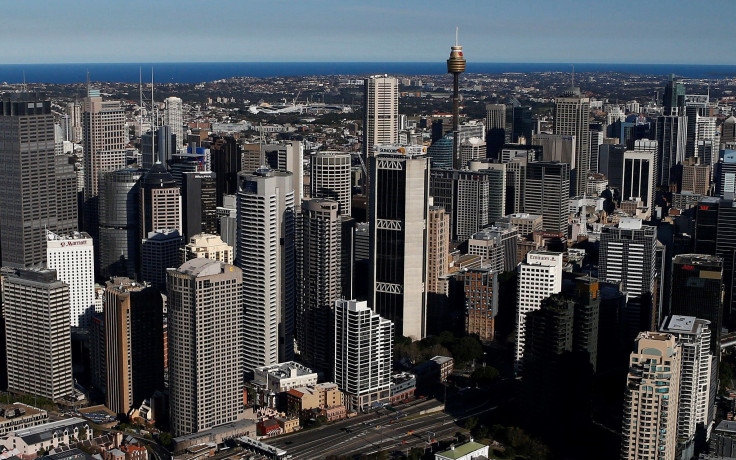Anzac sustainment contract in Australia secures jobs

A landmark extension to the sustainment contract for the Anzac Frigates has been signed, securing the jobs of about 1,700 workers. A $1.2 billion five-year follow-on program of work has been confirmed and will cover sustainment of the eight ANZAC class ships as well as their shore support and training facilities.
Hon Christopher Pyne MP, the minister for the defence industry, announced last week the extension of an agreement with Saab Australia, BAE Systems Australia and Naval Ship Management Australia (a joint venture between Babcock and UGL). The partnership will see highly skilled jobs secured across Australia, including those in small and medium-sized businesses.
Pyne said that most of the work will be done in Henderson, which is one of the country’s naval shipbuilding and sustainment centres. The deal will also benefit Sydney, Adelaide, and Williamstown.
The minister said the five-year program of sustainment work is unique in the maritime domain. It provides long-term certainty to Defence industry and allows continued investment in capability development and skills.
Pyne expressed excitement about the contract, calling it an “exciting development.” He believes it will provide greater opportunities for local industry to be part of the booming sector. “This is an essential piece in our long term strategy around continuous naval shipbuilding and sustainment in Australia,” he said in a statement.
The deal takes into account a main recommendation of the First Principles Review. It allows Defence to focus on governance. The contracting industry, on the other hand, will be able to plan, manage and deliver the sustainment of the Anzac class.
As for the measure of the pay gap, a new report shows that Australian employers are making positive progress in closing gaps between male and female employees. Leadership accountability was cited as a key factor.
The Workplace Gender Equality Agency (WGEA) and the Bankwest Curtin Economics Centre (BCEC) have found that taking action to solve gender pay gaps is more efficient when combined with reporting pay gap data to the Executive or Board. The report titled “Gender Equity Insights 2018: Inside Australia’s Gender Pay Gap” indicates that organisations that did a pay gap audit and took action saw the pay packets of female top-tier managers boosted by $24,000 on average.
The report also shows that more employers in Australia are taking action to close gender pay gaps. Organisations in the mining sectors and finance and insurance lead the way.





















